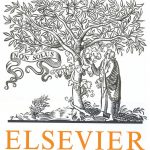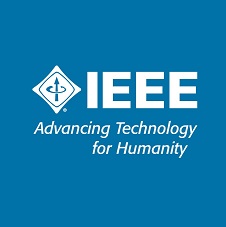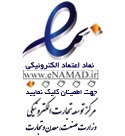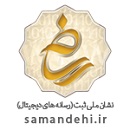Abstract
The improvement in the quality and diagnostic value of ultrasound images has been an ongoing research theme for the last three decades. Cardiac ultrasound suffers from a wide range of artifacts such as acoustic noise, shadowing, and enhancement. Most artifacts are a consequence of the interaction of the transmitted ultrasound signals with anatomic structures of the examined body. Structures such as bone, lungs (air), and fat have a direct limiting effect on the quality of the acquired images. Furthermore, physical phenomena such as speckle introduce a granular pattern on the imaged tissue structures that can sometimes obscure fine anatomic detail. Over the years, numerous studies have attempted to address a range of artifacts in medical ultrasound, including cardiac ultrasound B-mode images. This review provides extensive coverage of such attempts identifying their limitations as well as future research opportunities.








